

| Region rejsu : Morze Śródziemne, Europa |
| Firma : Norwegian Cruise Lines |
| Statek : Norwegian Viva |
| Data rozpoczęcia : pt. 28 lis 2025 |
| Data zakończenia : sob. 13 gru 2025 |
| Liczba nocy : 15 nocy |
| Dzień | Data | Port | Wypłynięcie | Odpłynięcie |
|---|---|---|---|---|
| 1 | 28.11 pt. | Lizbona / Portugalia | 17:00 | |
| 2 | 29.11 sob. | Dzień na morzu / Morze | ||
| 3 | 30.11 niedz. | Ponta Delgada, San Miguel / Portugalia | 10:00 | 18:00 |
| 4 | 1.12 pon. | Dzień na morzu / Morze | ||
| 5 | 2.12 wt. | Dzień na morzu / Morze | ||
| 6 | 3.12 śr. | Dzień na morzu / Morze | ||
| 7 | 4.12 czw. | Dzień na morzu / Morze | ||
| 8 | 5.12 pt. | Dzień na morzu / Morze | ||
| 9 | 6.12 sob. | Philipsburg / Saint Martin | 08:00 | 18:00 |
| 10 | 7.12 niedz. | Charlotte Amalie, ks. Święty Tomasz / Wyspy Dziewicze | 07:00 | 16:00 |
| 11 | 8.12 pon. | Punta Cana / Dominikana | 08:00 | 18:00 |
| 12 | 9.12 wt. | Cabo Rojo / Czerwona peleryna | 07:00 | 15:00 |
| 13 | 10.12 śr. | Portland / USA | 09:30 | 17:00 |
| 14 | 11.12 czw. | Dzień na morzu / Morze | ||
| 15 | 12.12 pt. | Dzień na morzu / Morze | ||
| 16 | 13.12 sob. | Galveston / USA | 08:00 |
Payment Terms
To confirm your booking, a minimum deposit of 20% of the trip cost is required.
Final payment must be made no later than 90 days before the cruise departure.
The deposit or full payment must be made immediately after the booking is created, according to the payment terms. Payment can be made by invoice or using the following credit cards: American Express, MasterCard, and Visa. When paying by card, we require the following details: card number, cardholder's name, card expiration date, cardholder's postcode, and the three-digit security code on the back of the card.
Cruise Cancellation Policy
Period Before Departure Cancellation Fee
More than 29 days 20%
28 - 15 days 50%
14 - 8 days 75%
7 days or less+ 95%
The following cancellation fees will apply for confirmed Cruisetours packages:
Period Before Departure Cancellation Fee
More than 29 days 20%
28 days less+ 95%

Lizbona jest stolicą i największym miastem Portugalii, z szacowaną populacją 505 526 mieszkańców w granicach administracyjnych na obszarze 100,05 km². Jej obszar miejski rozciąga się poza granice administracyjne miasta i liczy około 2,8 miliona mieszkańców, co czyni go jedenastym najbardziej zaludnionym obszarem miejskim w Unii Europejskiej. Około 3 milionów ludzi mieszka w aglomeracji lizbońskiej (która stanowi około 27% populacji kraju). Jest to najbardziej wysunięta na zachód stolica kontynentalnej Europy i jedyna położona nad Oceanem Atlantyckim. Lizbona leży na zachodnim Półwyspie Iberyjskim nad Oceanem Atlantyckim i rzeką Tag. Najbardziej wysunięte na zachód obszary jej aglomeracji tworzą najbardziej wysunięty na zachód punkt kontynentalnej Europy, znany jako Cabo da Roca, położony w górach Sintra.

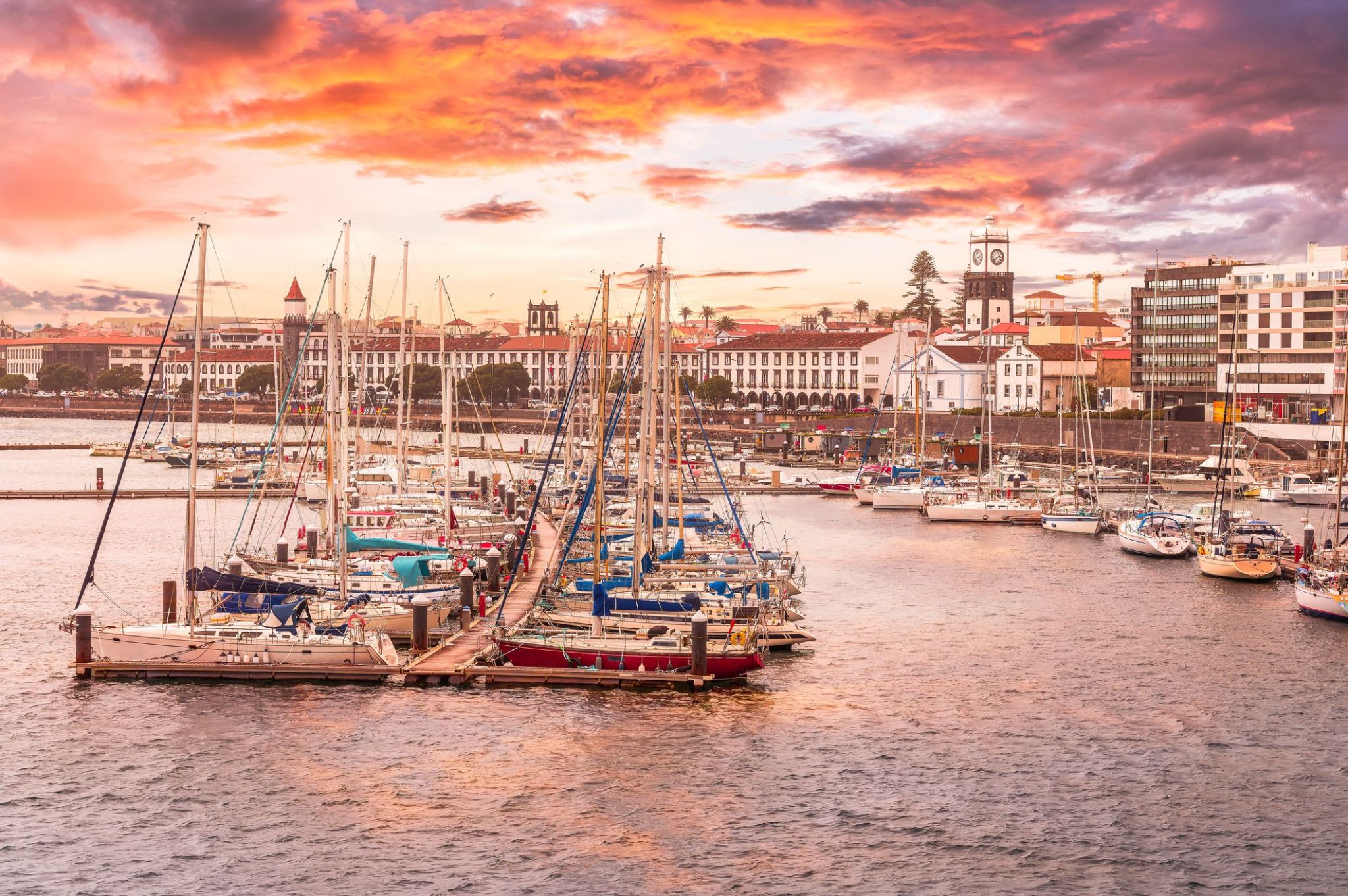
W otoczeniu wulkanicznych krajobrazów i zielonych wzgórz Ponta Delgada wita gości wyjątkowym rytmem, gdzie szum oceanu miesza się z aromatem świeżo parzonej kawy. Tutaj, w stolicy wyspy São Miguel, można spacerować brukowanymi uliczkami z czarno-białymi portugalskimi wzorami, zajrzeć do przytulnych kawiarni na lokalne wypieki i obserwować, jak zachód słońca maluje Atlantyk w złoto-różowe odcienie.
Dla miłośników natury Ponta Delgada otwiera drogę do gorących źródeł Furnas, punktów widokowych na jeziora Sete Cidades oraz rejsów na obserwację wielorybów, które wyruszają bezpośrednio z portu miejskiego. To miejsce, w którym wakacje na Azorach wypełnione są chwilami prawdziwego spokoju, świeżością oceanicznej bryzy i poczuciem, że czas zwalnia, pozwalając dostrzec piękno każdego dnia.





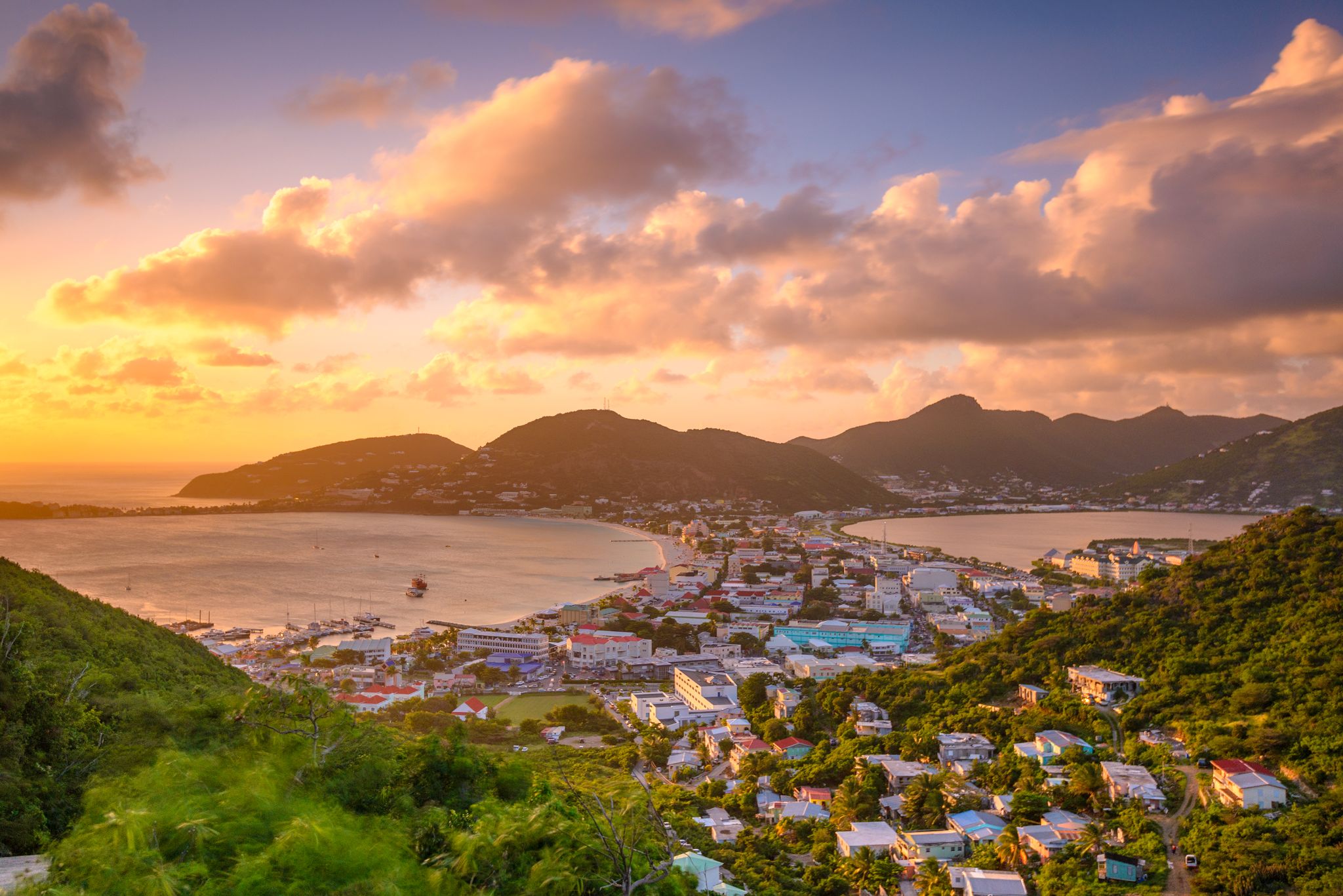
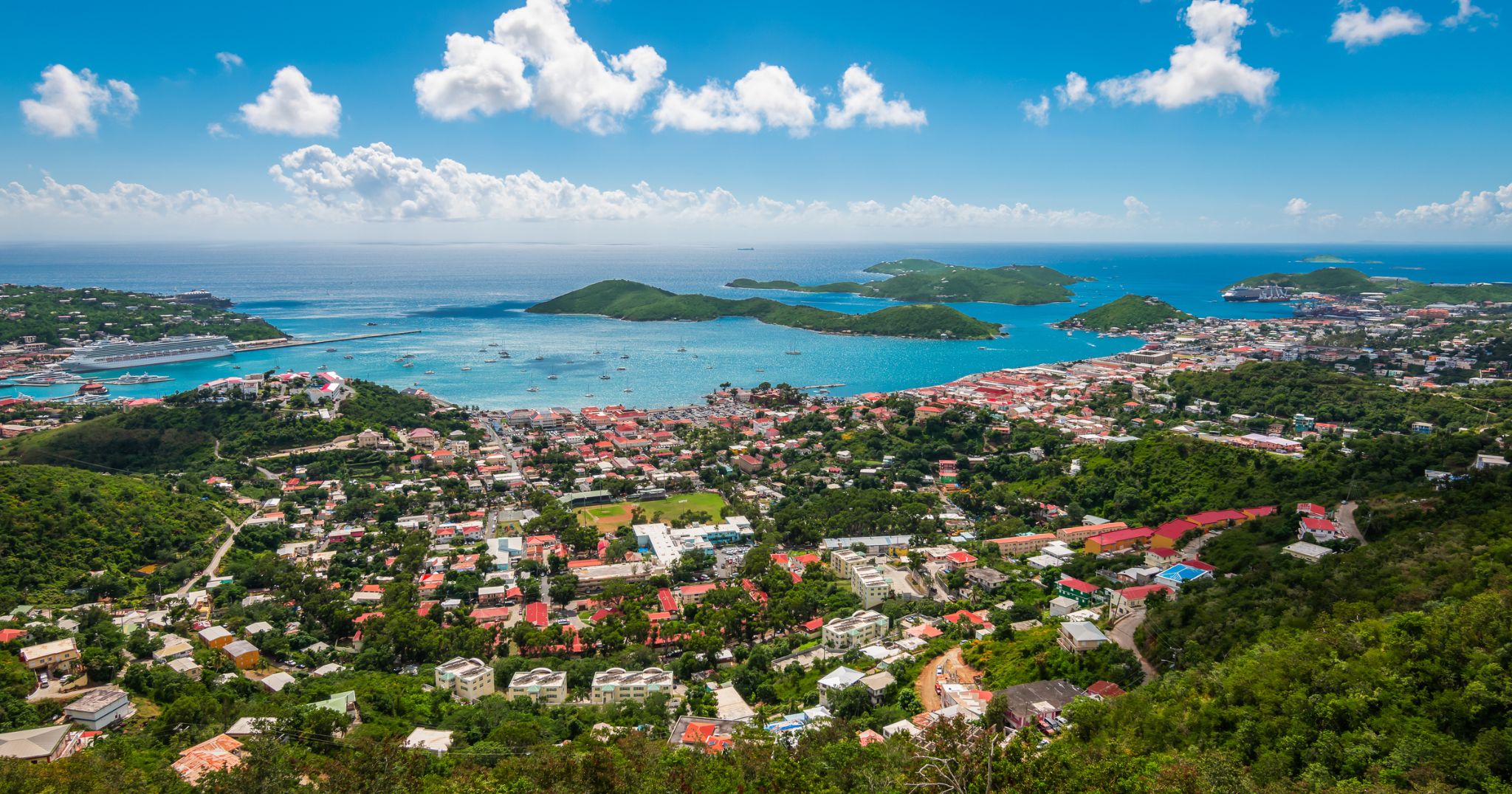
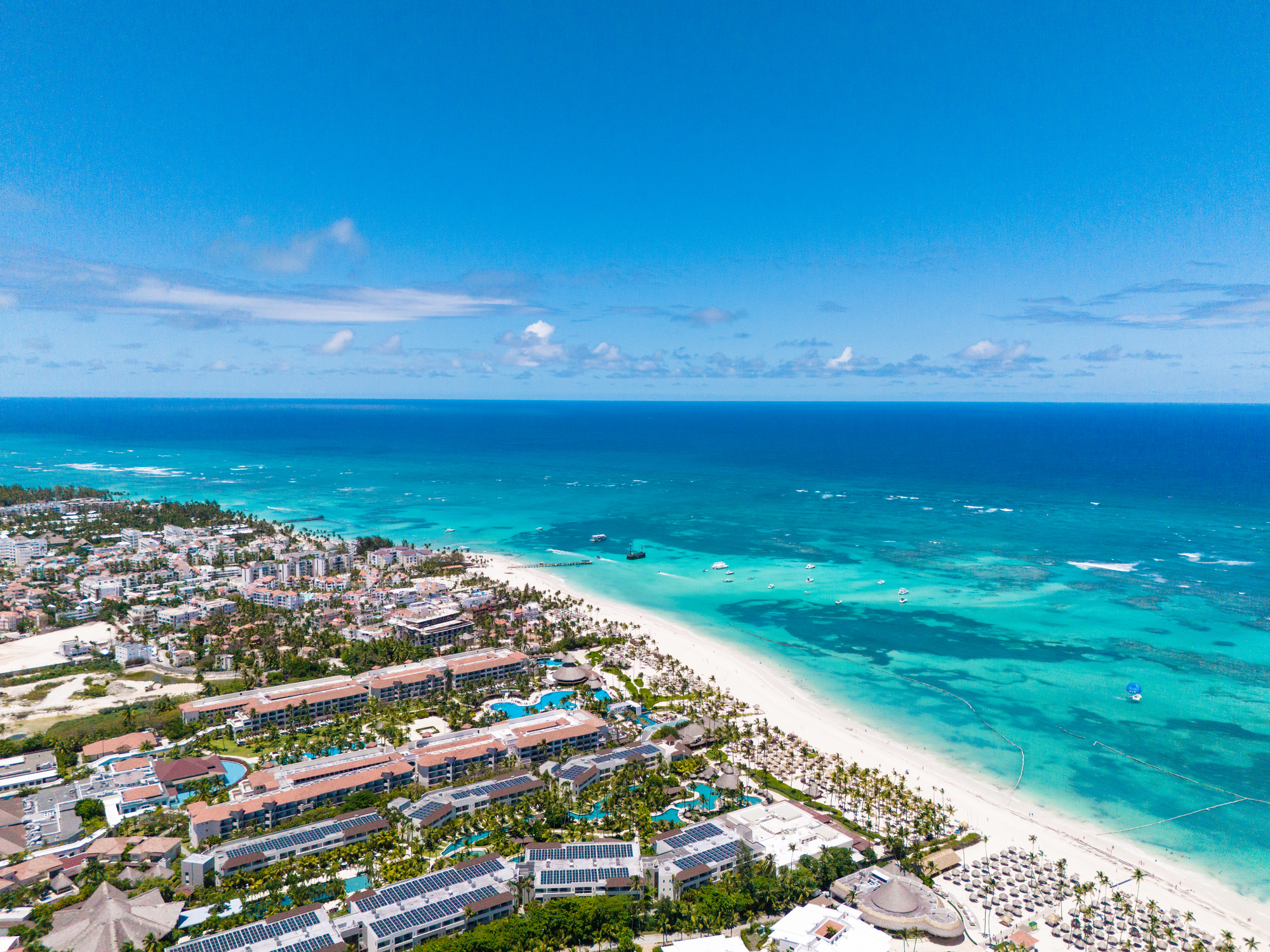
Punta Cana to jeden z najpopularniejszych kurortów na Karaibach, położony na wschodnim krańcu Republiki Dominikany, gdzie Ocean Atlantycki łączy się z Morzem Karaibskim. Region ten słynie z niekończących się plaż z białym piaskiem oraz palmowych gajów rozciągających się wzdłuż wybrzeża. Dzięki całorocznemu ciepłemu klimatowi i rozbudowanej infrastrukturze hoteli all-inclusive, Punta Cana jest ulubionym celem podróży par, rodzin i osób poszukujących tropikalnego luksusu.
Oprócz plaż Punta Cana oferuje wiele atrakcji: nurkowanie przy rafach koralowych, spływy kajakowe, zjazdy na linie przez tropikalne lasy oraz wycieczki do pobliskiego parku ekologicznego Indigenous Eyes z krystalicznie czystymi lagunami. Międzynarodowe lotnisko znajduje się w pobliżu, co zapewnia łatwy dojazd. Punta Cana to doskonałe miejsce na połączenie relaksu i przygody w otoczeniu natury i dominikańskiej gościnności.
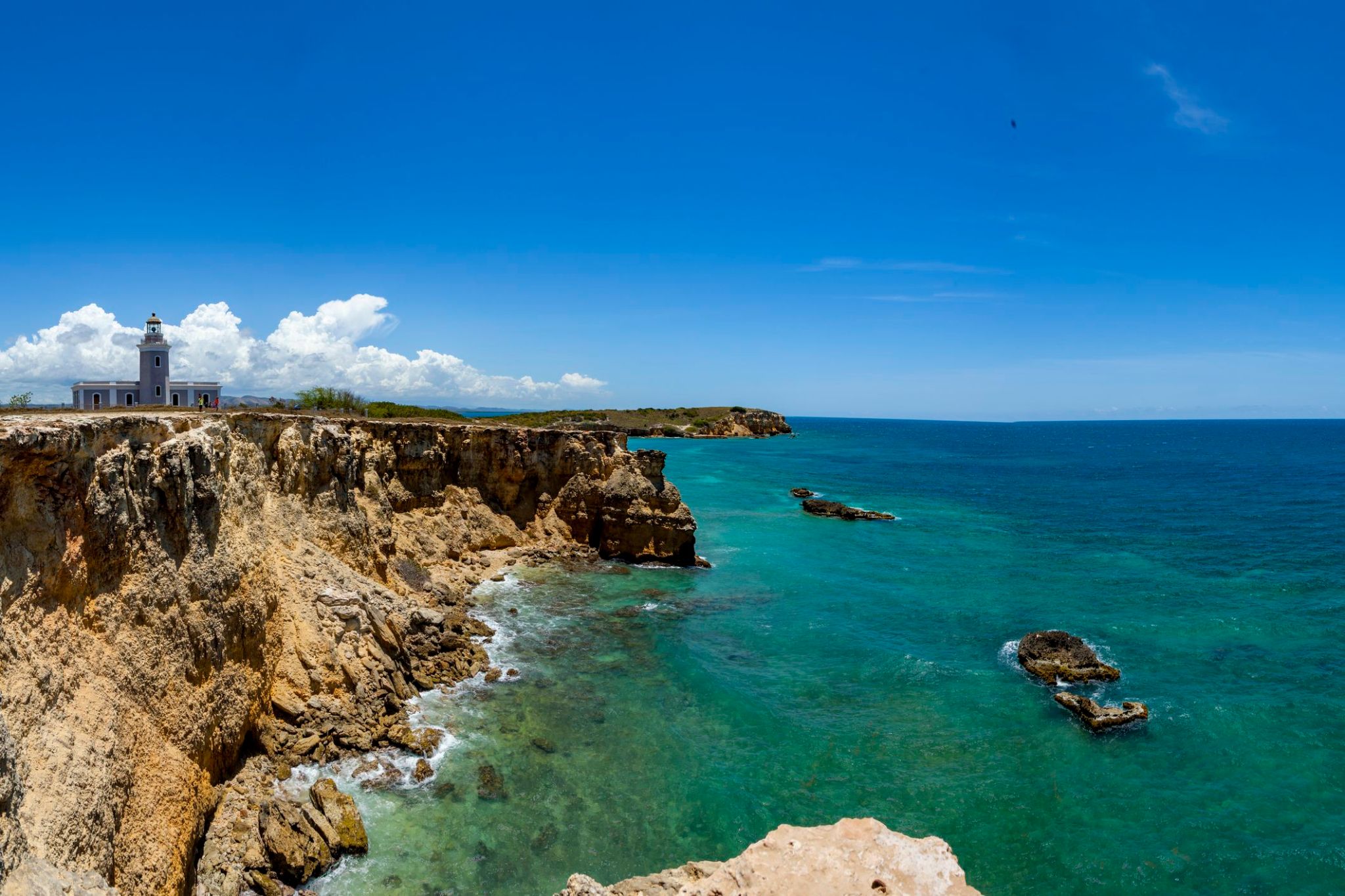
Odosobnione plaże, turkusowe wody i dzika przyroda sprawiają, że Cabo Rojo to jeden z najbardziej malowniczych zakątków Portoryko. Położony na południowo-zachodnim wybrzeżu wyspy region przyciąga turystów nie tylko widokami, ale i unikalnym ekosystemem – solniskami oraz nadmorskimi lasami namorzynowymi. Jedną z głównych atrakcji jest latarnia morska Cabo Rojo, z której roztaczają się zapierające dech w piersiach widoki na klify i Morze Karaibskie.
Cabo Rojo jest szczególnie ceniony przez tych, którzy szukają ciszy z dala od tłumów turystów. Można tu popływać kajakiem, wędrować dzikimi ścieżkami lub obserwować ptaki w rezerwacie przyrody. Miejscowa kuchnia, oparta na owocach morza, zachwyca świeżością, a zachód słońca na plaży Playa Sucia pozostanie romantycznym wspomnieniem na długo.
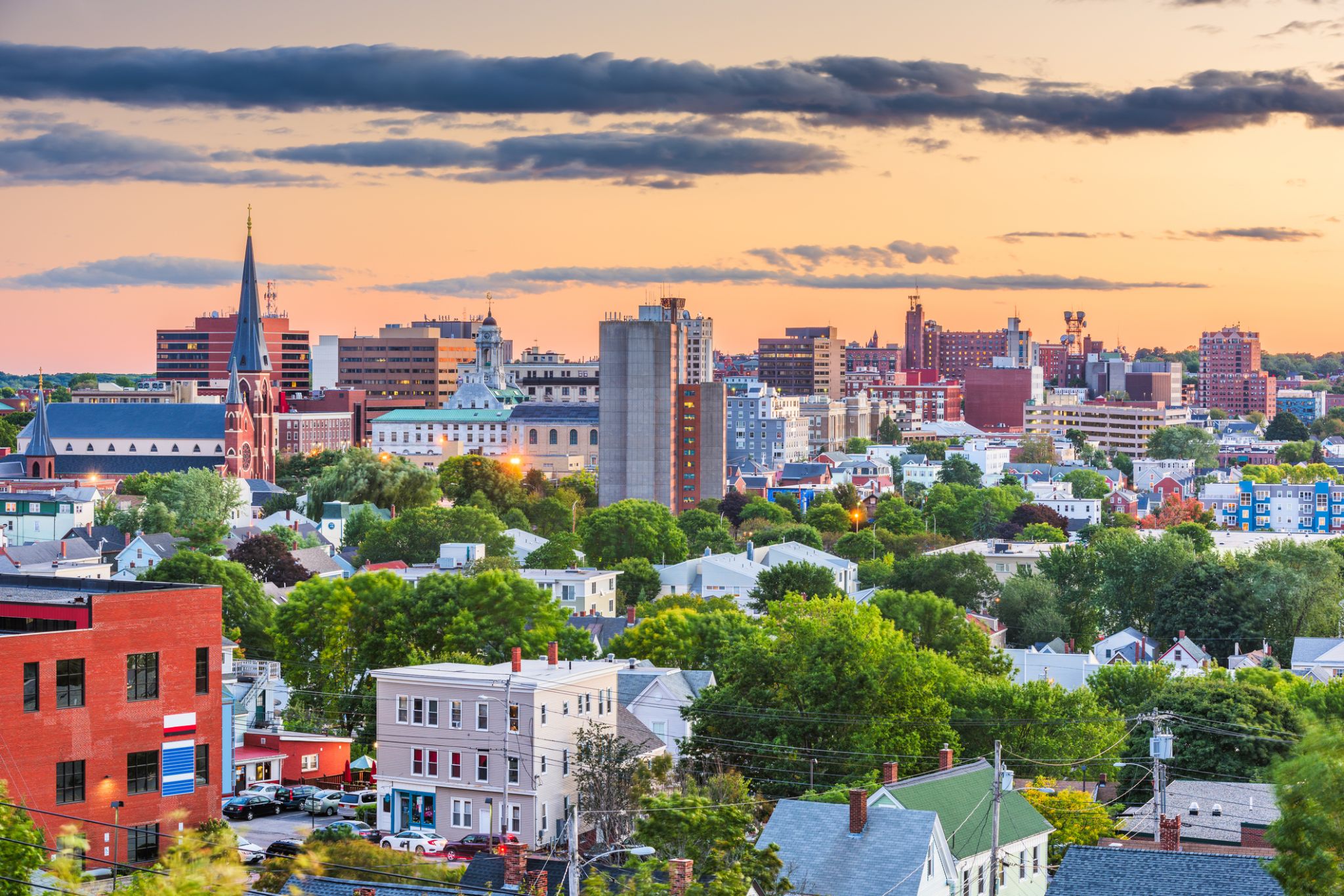


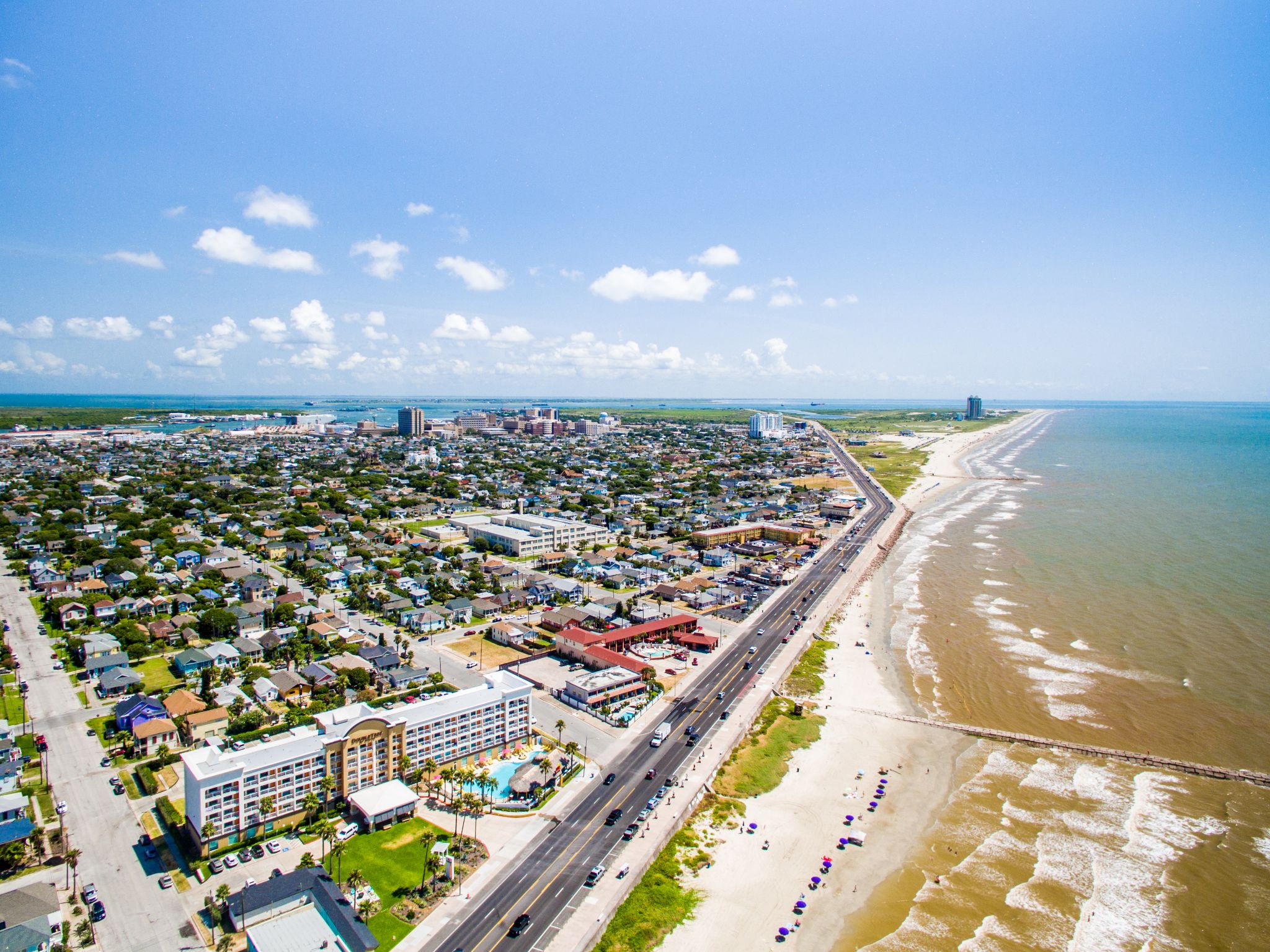
Galveston is a coastal resort city and port off the southeast coast on Galveston Islandand Pelican Island in the American State of Texas. The community of 209.3 square miles (542 km2), with an estimated population of 50,180 in 2015, is the county seat of surrounding Galveston County and second-largest municipality in the county. It is also within the Houston–The Woodlands–Sugar Land metropolitan area at its southern end on the northwestern coast of the Gulf of Mexico.
Galveston, or Galvez' town, was named after the Spanish military and political leader in the 18th century: Bernardo de Gálvez y Madrid, Count of Gálvez (1746-1786), who was born in Macharaviaya, Málaga, in the Kingdom of Spain. Galveston's first European settlements on the Galveston Island were built around 1816 by French pirate Louis-Michel Aury to help the fledgling Republic of Mexico fight for independence from Spain, along with other colonies in the Western Hemisphere of the Americas in Central and South America in the 1810s and 1820s. The Port of Galveston was established in 1825 by the Congress of Mexico following its independence from Spain. The city was the main port for the fledging Texas Navy during the Texas Revolution of 1836, and later served temporarily as the new national capital of the now independent Republic of Texas.
During the 19th century, Galveston became a major U.S. commercial center and one of the largest ports in the United States. It was for a time, Texas' largest city, known as the "Queen City of the Gulf". It was devastated by the unexpected surprising Galveston Hurricane of 1900, whose effects included massive flooding and a storm surge which almost completely destroyed and wiped out the town. The natural disaster on the exposed barrier island is still ranked today as the deadliest in United States history, with an estimated death toll of 6,000 to 12,000 people. The city subsequently reemerged during the Prohibition era of 1919-1933 as a leading tourist hub and a center of illegal gambling nicknamed the Free State of Galveston until this era ended in the 1950s with subsequent other economic and social development.
Much of Galveston's economy is centered in the tourism, health care, shipping, and financial industries. The 84-acre (34 ha) University of Texas Medical Branch campus with an enrollment of more than 2,500 students is a major economic force of the city. Galveston is home to six historic districts containing one of the largest and historically significant collections of 19th-century buildings in the U.S., with over 60 structures listed on the National Register of Historic Places, maintained by the National Park Service in the United States Department of the Interior.